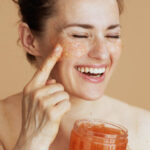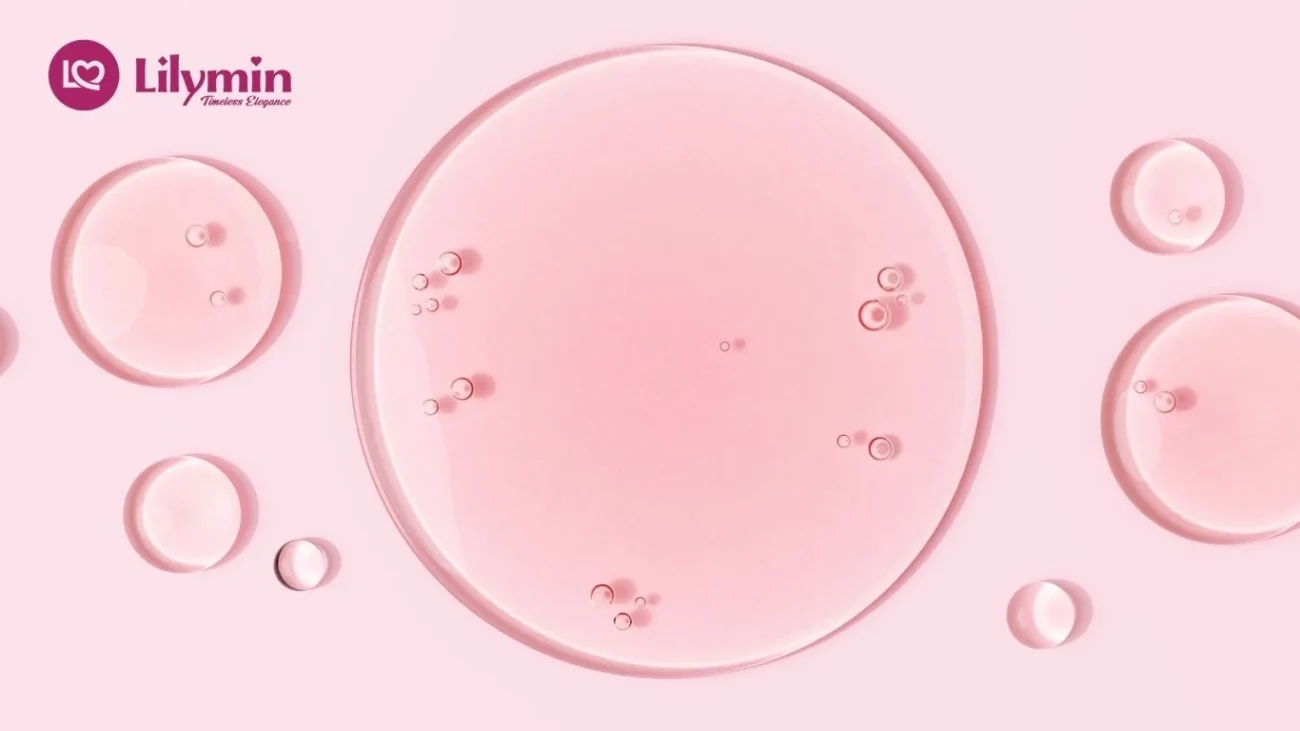The Effect of Dairy Products on Skin: What You Need to Know

The skincare world constantly evolves, and many factors influence how our skin looks and feels. While products and routines play their part, our diet often holds the key to achieving clear, glowing skin. One hot topic that continues to spark debate is the effect of dairy products on skin. From teenage breakouts to adult acne, many suspect dairy as a potential trigger.
The connection between what we eat and how our skin behaves is more significant than most realise. For some, eliminating dairy leads to clearer, smoother skin, while others see no change. The effect of dairy products on skin depends on individual reactions, gut health, hormone levels, and genetics. However, patterns and clinical studies suggest there may be real reasons to explore the dairy-skin link more deeply.
In this article, we break down the effect of dairy products on skin using up-to-date research, expert insight, and practical tips. Whether you’re dealing with acne, sensitivity, or dullness, this guide offers actionable advice to help you assess whether dairy might be affecting your complexion that why use lilymin’s skincare to protect your skin from these dairy products and stop wasting dairy products in your skin.
1. How Dairy Affects Hormones and Sebum Production
The effect of dairy products on skin often starts at the hormonal level. Milk, especially from cows, contains natural hormones and growth factors like IGF-1 (insulin-like growth factor 1). These compounds can interfere with our body’s hormone balance and increase sebum production.
Excess sebum clogs pores, leading to inflammation and acne. This hormonal stimulation is one of the strongest theories behind the effect of dairy products on skin. Studies have linked skim milk in particular to higher acne prevalence, possibly due to processing that concentrates certain proteins and hormones.
People prone to hormonal acne might notice flare-ups worsen with dairy intake. Cutting down on milk, cheese, and yoghurt may help control oil levels and reduce breakouts.
2. Dairy’s Influence on Inflammation and Skin Irritation
Inflammation is another key factor in the effect of dairy products on skin. Many dairy items trigger inflammatory responses, especially in those who are lactose intolerant or sensitive to casein and whey proteins.
Inflammation contributes to redness, swelling, and uneven skin tone. It also exacerbates chronic conditions like rosacea and eczema. The effect of dairy products on skin becomes noticeable when flare-ups follow cheese-heavy meals or creamy indulgences.
Eliminating or reducing dairy can calm these symptoms. Switching to alternatives like almond or oat milk may offer skin-friendly benefits without the irritation dairy might cause.
3. The Link Between Dairy and Acne Formation
One of the most researched aspects of the effect of dairy products on skin is its role in acne development. Several studies indicate a correlation between dairy consumption and acne severity, particularly among adolescents.
Dairy affects both inflammatory and non-inflammatory acne. Cysts, blackheads, and whiteheads can all appear more frequently with regular milk intake. The effect of dairy products on skin is particularly pronounced with whey protein supplements, often used in fitness routines.
If acne persists despite a solid skincare routine, reducing dairy may be worth exploring. Keep a food diary and monitor how your skin reacts over time.
4. Does Dairy Impact Skin Ageing and Elasticity?
The effect of dairy products on skin goes beyond acne. There’s growing interest in whether dairy accelerates ageing. Some researchers believe advanced glycation end products (AGEs) in processed dairy contribute to reduced collagen production.
Collagen keeps the skin firm and youthful. When AGEs accumulate, they break down collagen, leading to wrinkles and sagging. The effect of dairy products on skin may also show through loss of elasticity and hydration.
Switching to dairy-free diets may enhance skin plumpness and improve radiance in the long run. While ageing is inevitable, dietary choices can influence the rate at which it shows.
5. Dairy, Gut Health, and Skin Connection
The gut-skin axis plays a significant role in the effect of dairy products on skin. Dairy intolerance often leads to digestive issues, which may disturb the gut microbiome. An imbalanced gut can trigger systemic inflammation, which shows up as skin flare-ups.
Those with lactose intolerance or dairy sensitivities may suffer from bloating, discomfort, and acne. Removing dairy can reduce internal stress, supporting a healthier microbiome and clearer skin.
Probiotics and fermented dairy alternatives (like coconut yoghurt) may improve gut function and mitigate the negative effect of dairy products on skin.
6. Casein and Whey Protein: Hidden Triggers
Casein and whey are two major milk proteins that impact the skin. These proteins stimulate insulin and IGF-1, which are associated with oil production and acne. The effect of dairy products on skin becomes clear when these proteins disrupt the skin’s natural balance.
People using whey protein shakes often notice an increase in breakouts, especially around the jawline. These proteins can also cause redness and swelling in sensitive individuals.
Switching to plant-based protein powders or hydrolysed alternatives may help reduce the adverse effect of dairy products on skin without compromising fitness goals.
7. Skin Conditions That May Be Triggered by Dairy
Some common skin conditions worsen with dairy intake. These include acne, eczema, psoriasis, and rosacea. While not everyone is affected, those with chronic inflammation or autoimmune tendencies often see relief after reducing dairy.
The effect of dairy products on skin varies from person to person, but keeping track of symptom changes post-dairy consumption can offer valuable insight.
Trying an elimination diet for 4-6 weeks helps isolate whether dairy contributes to persistent issues. Many report fewer breakouts, reduced redness, and smoother texture when dairy is cut out.
8. Do Fermented Dairy Products Have the Same Effect?
Fermented dairy like kefir and yoghurt contain probiotics, which support gut health and may reduce inflammation. The effect of dairy products on skin from these items may be less severe than from processed cheese or milk.
Some people tolerate fermented dairy better, thanks to reduced lactose and added beneficial bacteria. However, others still react due to casein content or additives.
If you’re unsure about the effect of dairy products on skin, try fermented types first before fully eliminating all dairy. Balance and moderation remain key.
List: Signs Dairy Might Be Affecting Your Skin
- Persistent acne despite good skincare
- Flare-ups after cheese-heavy meals
- Redness or blotchiness after milk intake
- Increased oiliness and clogged pores
- Eczema or psoriasis flare-ups
- Digestive discomfort alongside skin issues
- Puffiness or dull complexion
- Breakouts after protein shakes
- Itchy, inflamed patches on cheeks or chin
- Overall improvement after removing dairy
Table: Dairy Type vs. Potential Skin Impact
| Dairy Product | Potential Skin Effect |
|---|---|
| Skim Milk | High hormone content, linked to acne |
| Whole Milk | Moderate impact, may affect sebum balance |
| Cheese | Often inflammatory, can trigger flare-ups |
| Yoghurt (non-fermented) | May cause breakouts due to whey and sugars |
| Yoghurt (fermented) | Milder, may support gut and skin health |
| Whey Protein | Common acne trigger, especially in fitness use |
| Casein Protein | Can irritate sensitive skin types |
| Butter/Cream | Rich but low lactose, moderate skin impact |
| Ghee | Often tolerated, less impact on skin |
| Plant-Based Alternatives | Typically gentler and better for sensitive skin |
1. Can the effect of dairy products on skin cause acne?
2. How quickly can I see the effect of dairy products on skin after cutting it out?
3. Are all dairy products equally bad for the skin?
4. Can lactose intolerance increase the negative effect of dairy products on skin?
5. Is it necessary to eliminate dairy completely to improve skin?
Final Words
The effect of dairy products on skin is a personal journey. While scientific studies and clinical observations provide compelling evidence, your skin’s reaction to dairy is the most important data point. What works for one person may not work for another. Still, many people experience clearer, more balanced skin after reducing or removing dairy from their diet.
If you’re curious about the effect of dairy products on skin, start with a short elimination phase. Cut out milk, cheese, and whey for a few weeks, and monitor your skin’s behaviour. Introduce fermented or plant-based options and observe the difference. Keep a skincare and diet journal to track improvements.
The key is not to fear dairy, but to become more aware of its possible impact. Skin is a reflection of internal health, and making mindful food choices supports not just your appearance but your overall well-being. By tuning into how dairy affects your complexion, you empower yourself to make better decisions and glow with confidence naturally and sustainably.

 Face Wash
Face Wash Face Serum
Face Serum Face Scrub
Face Scrub Cream & Gel
Cream & Gel











One thought on “The Effect of Dairy Products on Skin: What You Need to Know”